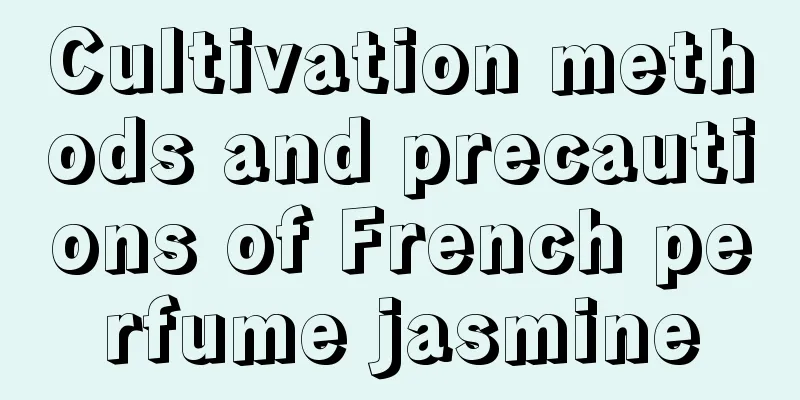Green diamond breeding methods and precautions

1. Maintenance methods1. Temperature: Although it can start to grow when the temperature reaches ten degrees, the most suitable temperature for growth is still around twenty degrees. During maintenance, be careful to avoid heating and excess cold air, and maintain a constant temperature of around twenty degrees, its growth rate will accelerate. 2. Watering: It is suitable for growing in a humid environment, so the soil should be kept moist for a long time, especially in summer and autumn when the climate is relatively dry. In addition to watering the roots, you should also spray water mist on its branches and leaves to replenish water. It is best to adjust the air humidity to between 50 and 70 percent. 3. Fertilization: It is a fertilizer-loving plant. When raising it, you can use farmyard manure as base fertilizer, and then apply topdressing during the growth period. The interval between topdressing is ten days. Fertilizers can be calcium- and nitrogen-containing. When it comes to fertilizer, you should pay attention not to use only one type of fertilizer all the time, as this will cause the leaves of the plant to become soft. If the climate is relatively cold and the plants grow slowly, there is no need to apply fertilizer at this time. 4. Light: Strong light can easily burn its leaves, so the light should be mainly diffuse light. Especially in the summer, you should pay special attention to shade. Although it is relatively shade-tolerant, it cannot always grow in a dark environment. Just ensure that the sunlight exposure time is five or six hours a day. 2. Breeding techniques1. Repotting: If the branches and leaves of the plant fill the flowerpot, making it top-heavy, the roots will emerge from the drainage holes. At this time, it is necessary to repot. When repotting, cut off the rotten and dry branches. 2. Pruning: It has strong vitality. If there are branches that grow poorly or affect the ornamental value, they should be pruned in time. Don't worry about cutting them too badly. After pruning, avoid watering the cut. After the cut is dry, you can water it normally. 3. Problem Diagnosis1. Pests: The branches and leaves of Green Diamond are juicy and easily infected by pests. If infected, it is necessary to use Bordeaux liquid diluted agent to spray it for treatment. 2. Disease: The yellowing of leaves of the plant may be caused by insufficient sunlight. The lighting time needs to be slowly extended. In this way, the leaves of the plant will soon turn green again. IV. Other issues1. Edibility: It is not edible. 2. Toxicity: It is not poisonous, but the juice can easily cause allergies. Therefore, if you come into contact with the juice, wash the contacted area as soon as possible. |
<<: Borage cultivation methods and precautions
>>: Cultivation methods and precautions of Ma Yinhua
Recommend
What are the cultivation methods and precautions of Gloxinia
Introduction to Gloxinia Gloxinia is a plant of t...
How to grow oleander
1. Maintenance conditions 1. Watering: It is impo...
How to care for newly bought hollyhocks
1. Lighting Hollyhock loves sunlight, and suffici...
The efficacy and function of Xu Changqing
1. Eliminate rash and relieve itching Xu Changqin...
What are the methods and precautions for breeding Thousand-Handed Guanyin?
How to breed Thousand-handed Avalokitesvara Thous...
What are the conditions for growing water lilies?
1. Breeding 1. Flower pots: Try to choose flower ...
Can I grow bayberry trees at home?
Can I grow bayberry trees at home? You can plant ...
Why are the leaves of the money tree turning yellow?
The money tree is loved by many plant lovers for ...
Epiphyllum cultivation methods and precautions
Epiphyllum belongs to the Cactaceae family and is...
How often should I water my money tree?
How often should I water my money tree? Money tre...
Cultivation methods and precautions of the golden plate of star anise
The Octagonal Fern is also called the Eight Golde...
When is the best time to plant rosemary?
Rosemary is one of our common herbs. It emits a f...
How to supplement light and shade indoor flowers at home
Fill Light Method For plants that like light, the...
How to propagate the money tree
Illustration The first step is to select suitable...
How to prune gardenia after it blooms
1. Cut off the dead buds After the gardenia has f...









